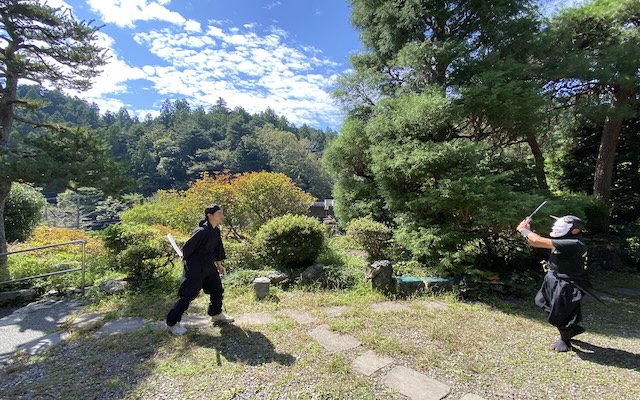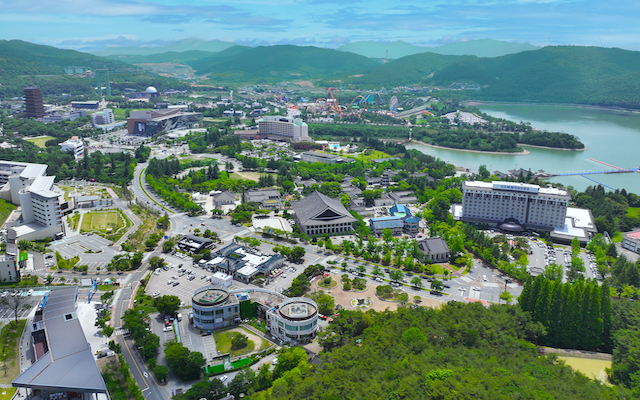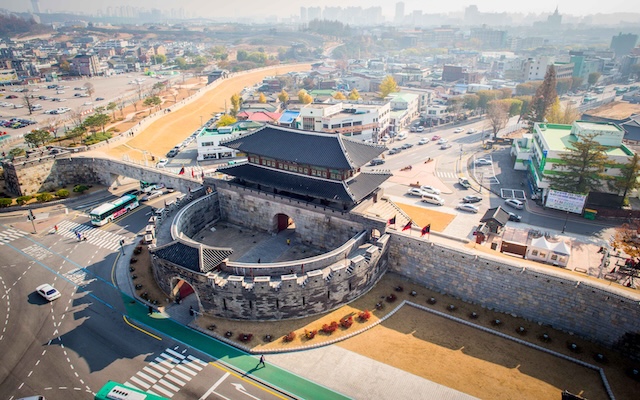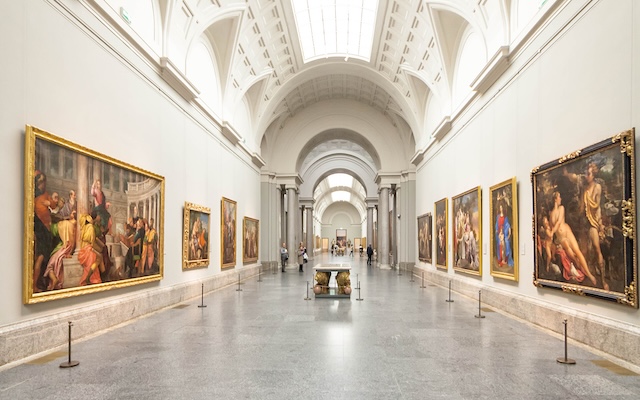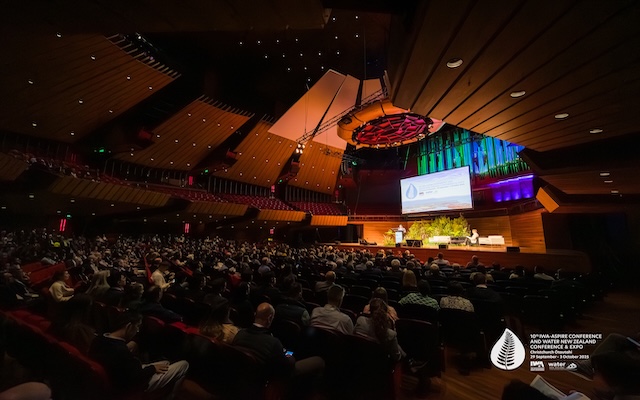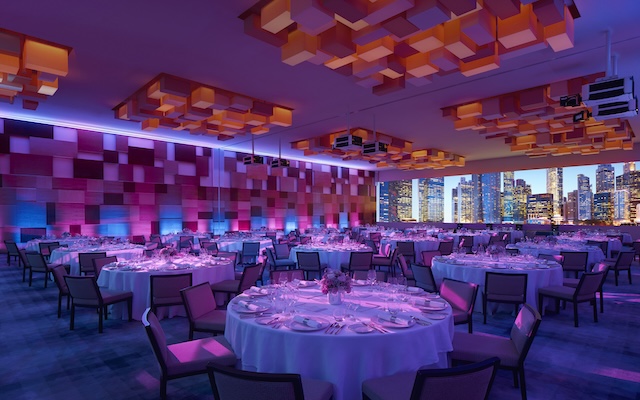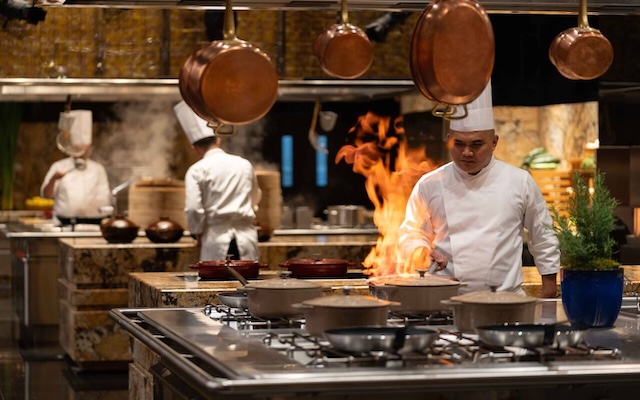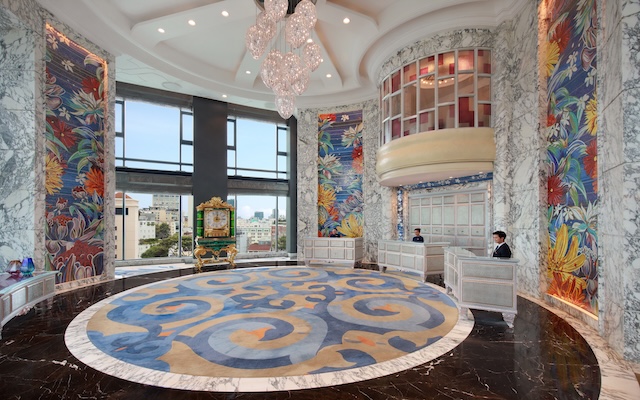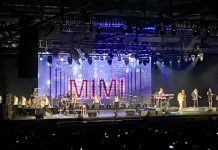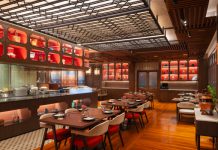The new chief of Kuala Lumpur Convention Centre is more than ready to take over the reins from former poster boy of the centre, Peter Brokenshire. He shares the venue’s future plans and discusses industry outlook with S Puvaneswary
 Congratulations on your new role as general manager. What will you be focusing on?
Congratulations on your new role as general manager. What will you be focusing on?
First and foremost, to maintain and develop the team we already have in place. Our team is our most valuable asset and without them, the centre’s achievements since opening would not have been possible. I believe it is through this team that we will maintain and enhance the internationally renowned standards and reputation as Malaysia’s premier convention facility.
Keeping a close eye on the ever-changing trends and business landscape will be another focus point. You can never become complacent even when things are going well, so we will definitely be ensuring our successful working relationship with Team Malaysia partners – Tourism Malaysia, Malaysia Airlines, Malaysia Airports Holdings, Kuala Lumpur City Council and Malaysia Convention and Exhibition Bureau (MyCEB) – continues to function well in our efforts to grow the country’s business tourism global footprint.
Your predecessor Peter Brokenshire was very much an advocate of the ‘open door’ style of management. What is your approach?
Having first worked with Peter when we opened the Durban International Convention Centre and again at Kuala Lumpur Convention Centre for the past three years, I would say that we have a slightly different management style but we definitely have very similar values. I am also a firm believer in a transparent management style and like to be visible to team members and clients through regular contact with them around the centre. It is important to be able to monitor and experience your standards first hand and you really can’t test those if you are sitting in your office.
Will you be making any changes to the centre in the months ahead?
I am a firm believer in the saying ‘if it ain’t broke, don’t fix it’! As such, there are no major changes on the horizon at the moment. However, we have always adopted an approach of continually adding value to our product offerings and as such will be introducing various enhanced products over the course of the next year. Our focus remains to enhance our service delivery in response to changing trends and/or circumstances. Evolution, not revolution!
What kind of enhanced products can we expect to see?
The centre will be rolling out enhanced culinary offerings throughout the year and these will be announced in due course. We are also in the process of finalising our product offerings which we hope will help diminish any perception of hidden costs. We will package our ancillary charges more effectively to pass on added value to our clients. There is also our RM7.5 million (US$2.24 million) investment in four technology projects this year, which will improve our world-class service delivery for delegates and visitors alike.
I would like to hear more about the four technology projects.
They include upgrading the data centre backbone infrastructure to 10 gigabytes, introducing a digital walkie-talkie system, implementing an IP (Internet Protocol) CCTV (Closed-Circuit Television) system and improving the virtualised server environment for the data centre.
You have been with the centre for three years. What changes have you witnessed in the environment?
One of the more noticeable ones has been the giant strides Malaysia has made in terms of its business tourism proposition. The establishment of MyCEB really provided ammunition to grow the business tourism industry. As a result, we are in a much more competitive position regionally and internationally.
The growth in customised mobile and digital solutions for the meetings and events industry has changed dramatically as well. There is now a greater emphasis on hi-tech convenience and technology integration – technology that is not only used by meeting planners as a service tool for delegates, but by the delegates themselves to engage with content providers at the events they are attending.
Unfortunately, the tough economic climate over the last few years has also led to a trend among many venues to discount, which in turn has affected the quality of products and service standards offered. Maintaining our world-class standards in the face of price pressures has created a real point of difference between us and our competitors. We still need to remain vigilant with regard to trends as we continue to focus on providing quality value-added experiences to our clients.
What do you see as challenges for this year in the meetings and conventions business?
The economic climate will continue to contribute to a tough business tourism environment. Events have become a lot leaner and meaner and as such we need to be even more creative in our offerings by providing innovative products that offer more value for less. Fortunately for the centre, Malaysia’s unique selling propositions such as value-for-money destination, direct air access from most major cities around the world, a safe and stable political climate and established industry supply chain boost our attractiveness in the regional and international marketplace.
Another challenge that we increasingly face in the local market is business opportunities with very short lead times and the lack of flexibility when it comes to dates. Our team is working hard on strategies to address this challenge, so keep an eye out for more information on this.
Which geographic markets do you see as key for the centre in the years ahead and why?
The global economic realities make for a challenging business outlook all round. But the relatively new untapped markets with large populations in Asia such as India and China provide an opportunity for the centre in the years ahead. We also continue to invest in more established markets such as Europe and North America as the focus of associations in these markets are on growing their client and membership base in developing countries.
That said, the centre has always practiced a very targeted and consistent marketing approach and our investment will remain focused on maintaining a presence in all previous key markets through relevant industry forums and trade events.
What are key trends facing the MICE sector, both locally and globally?
There is a stronger focus on connecting business opportunities to relevant industry sectors and emerging economic and trade investment opportunities. Another important trend is enhanced collaboration between destination, suppliers and associations. We are fortunate that we can take advantage of this through our Team Malaysia collaboration, where we work cohesively with our partners to attract international events to the country. Other trends to be mindful of include the growing importance of sustainable and eco-friendly practices; an increasing demand for special dietary requirements and healthy food and beverage options; a greater emphasis on hi-tech convenience and technology integration and flexible function space options that are tailored to clients’ events.




